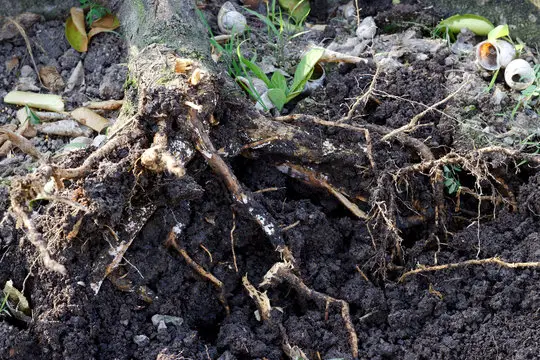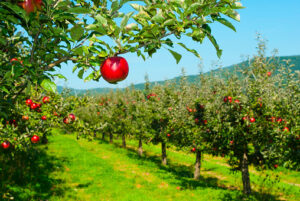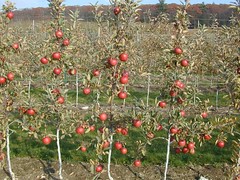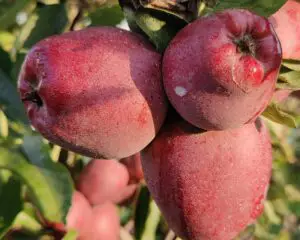Root rot is a serious disease that can affect apple trees and reduce their yield and quality. Root rot is caused by various fungi from the genus Phytophthora, which infect the roots and the base of the trunk of the apple tree. Root rot can be difficult to diagnose and prevent, but there are some steps that apple growers can take to protect their trees from this disease.
What are the symptoms of root rot in apple trees?
The symptoms of root rot in apple trees may vary depending on the species of Phytophthora and the environmental conditions. However, some common signs of root rot include:
- Stunted growth, wilting, yellowing, or browning of leaves, and twig dieback
- Reddish-brown discoloration of the wood under the bark at the soil line or near the graft union
- The slimy or rotten appearance of the bark when wet
- Decay and loss of roots
The symptoms of root rot may resemble other diseases or stresses, such as nutrient deficiency, cold injury, or fire blight. Therefore, it is important to examine the roots and the trunk of the tree for signs of infection.

What are the causes of root rot in apple trees?
Root rot in apple trees is caused by fungi from the genus Phytophthora, which are naturally present in many soils. These fungi produce spores that can survive for years in the soil or in infected plant debris. The spores can infect the roots or the trunk of the apple tree when they come in contact with water. The fungi thrive in wet and poorly drained soils, especially during cool temperatures (around 13°C). The infection can spread through water movement or root contact.
Some factors that increase the risk of root rot in apple trees are:
- Planting susceptible rootstocks, such as dwarf or semi-dwarf varieties
- Planting in low-lying areas that tend to flood or have poor drainage
- Overwatering or irrigating with contaminated water
- Planting too deep or covering the graft union with soil
- Wounding or damaging the roots or the trunk during planting or cultivation
- Exposing the roots or the trunk to freezing temperatures
How can root rot in apple trees be prevented and controlled?
The best way to prevent and control root rot in apple trees is to avoid conditions that favor the disease. Some preventive measures include:
- Choosing resistant rootstocks, such as standard-sized varieties or those with moderate resistance to Phytophthora
- Planting in well-drained and elevated sites that do not accumulate water
- Improving soil drainage by adding organic matter, installing tiles or ditches, or planting on raised beds
- Watering only when necessary and using clean water sources
- Planting at the correct depth and keeping the graft union above the soil line
- Supporting young trees with stakes to prevent wind damage and soil erosion
- Avoiding wounding or injuring the roots or the trunk during planting or cultivation
- Protecting the roots and the trunk from frost damage by mulching or wrapping
If root rot is detected in an apple orchard, it is important to act quickly to limit its spread and impact. Some control measures include:
- Removing and destroying infected trees and their roots
- Disinfecting tools and equipment that come in contact with infected trees
- Applying fungicides to protect healthy trees or to reduce disease severity in infected trees
- Monitoring soil moisture and temperature levels and adjusting irrigation accordingly
Final Thoughts
Root rot is a serious threat to apple production, but it can be managed with proper site selection, planting practices, irrigation management, and disease detection. By following these steps, apple growers can protect their trees from this disease and ensure a healthy and productive orchard.



